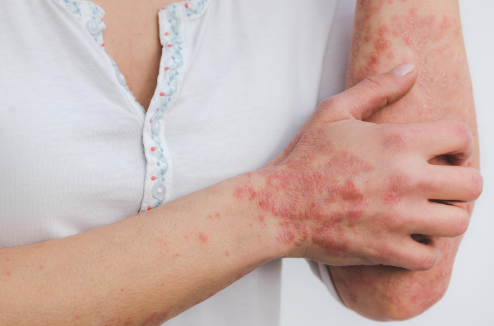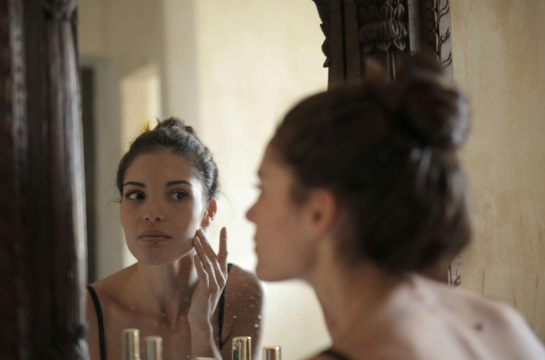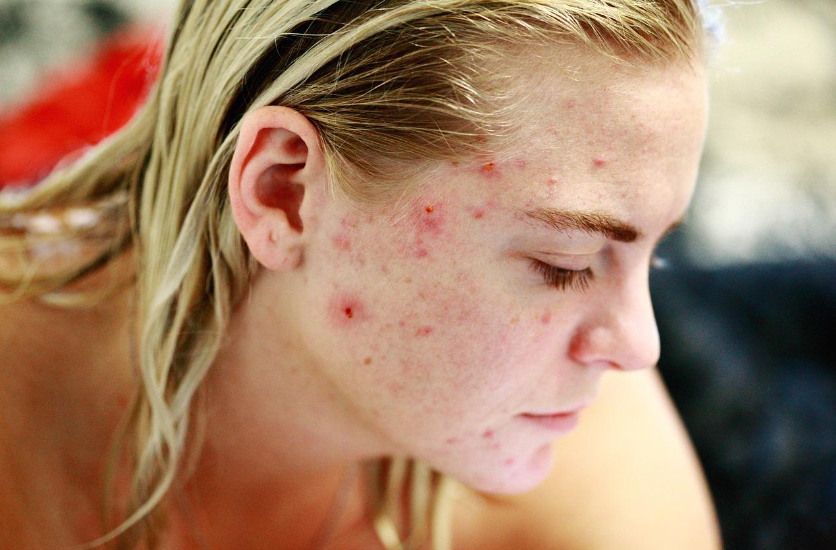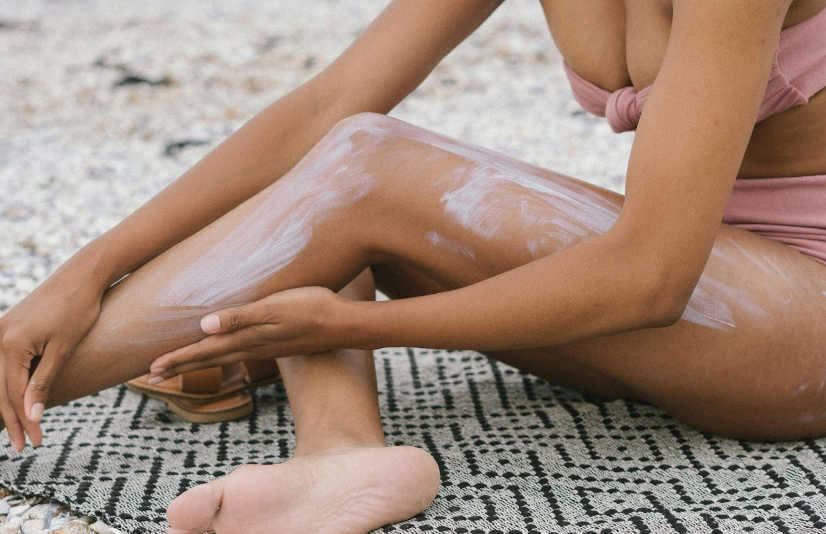Wart Treatment and Removal
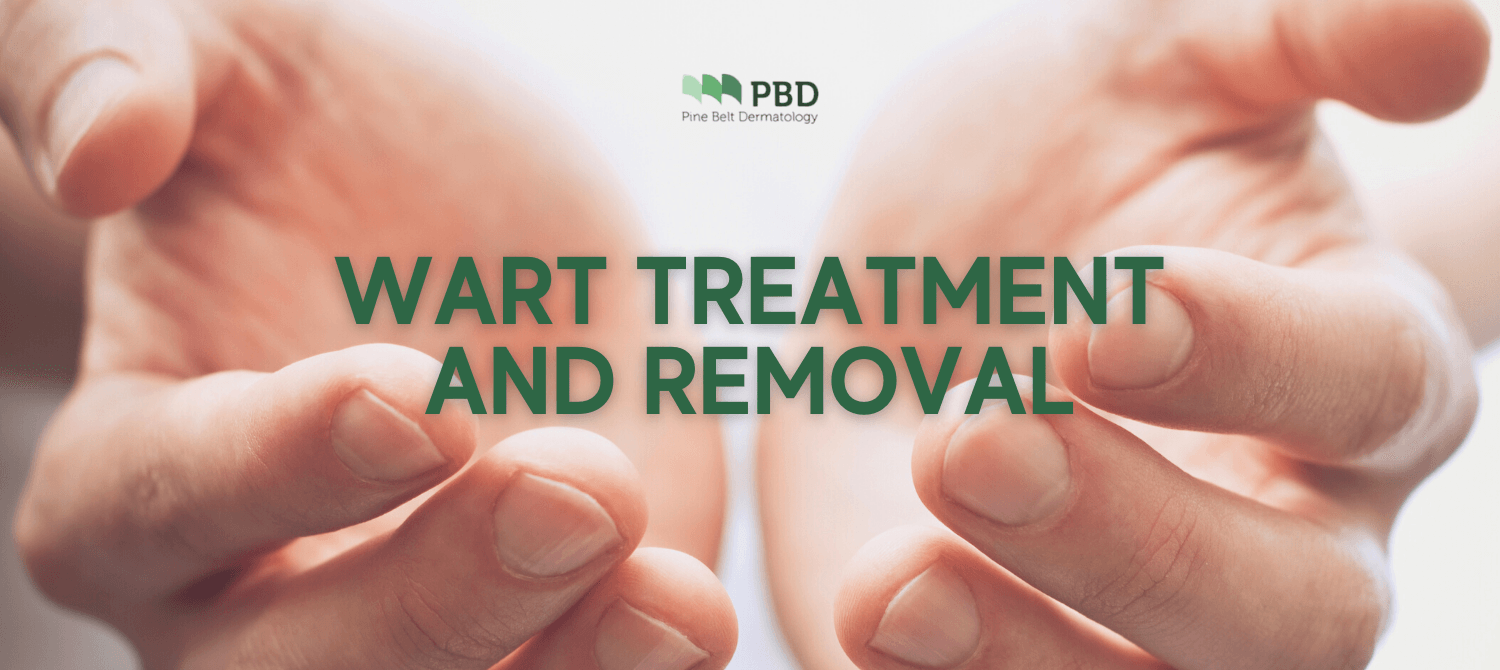
What to Know About Wart Treatment and Removal
A wart refers to a tiny growth—often with a rough texture, resembling cauliflower—appearing on any part of the body. Warts may have different appearances based on your skin’s thickness and the location of the wart on your body.
Plantar warts will affect your feet, while palmar warts occur on your hands. Other types of warts include pigmented, flat, and common warts.
Studies reveal that a third of teenagers and children have warts. For adults, this estimation lowers to about 3-5%. The low incidence of warts in adults could be a result of a more robust immune system. Individuals with compromised immune systems are the most affected with warts.
Without medical intervention, some warts may disappear after one to five years. However, it would be best to seek medical assistance for numerous and more prominent warts. Read on to learn more about wart treatment and removal.
Causes of Warts
The human papillomavirus causes rapid and excessive keratin growth. Different HPV strains are associated with different warts, and warts may be transmitted from one person to the other through close skin contact or through sharing shoes or towels.
Diagnosis of Common Warts
In most instances, our physicians will diagnose common warts through the following techniques:
- Visual examination of the wart.
- A biopsy may be taken. The sample will be sent to the laboratory for further analysis.
- Scraping off the surface of the wart to check for pinpoint dots.
Treatment of Warts
Warts tend to disappear faster in children, with an estimate of 50% disappearing after one year and 70% disappearing after two years. However, not all warts disappear on their own. Immediate medical attention may be necessary for bothersome or visually concerning warts. Our physicians are ready to assist with treatment—and we’ll also help you take steps to boost your immune system to further fight the papillomavirus and prevent additional warts in the future.
The treatment duration may range from weeks to months based on a patient's condition. We provide individualized therapy that meets every client's needs. Note that there is a possibility of wart re-occurrence and spread even with medical intervention. The physicians begin the therapy with less painful methods, especially when managing kids.
Based on your preferences, symptoms, and location of the wart, the physician may recommend the following treatment types.
Cryotherapy
In cryotherapy, the physician will spray nitrogen on warts to destroy the cells. A blister will develop, and after a week, it will scab and fall off. Cryotherapy requires professional assistance and our medical team is here to help. More prominent warts may require the use of local anesthetics and numerous sessions of cryotherapy.
Over-the-counter cryotherapy treatments are available from pharmacies. These products use propane or dimethyl ether to facilitate self-administration and treatment, and they are less effective than professional cryotherapy. Take care not to use these products for warts appearing on the face or other sensitive areas.
Salicylic Acid
Most OTC products such as paints, gels, and creams contain salicylic acid as a method of treating the wart. It's necessary to protect the skin surrounding the affected area before applying medications because salicylic acid can interfere with healthy skin. Application of corn plaster or petroleum jelly to the area surrounding the wart will prevent damage. The following tips may enhance salicylic acid treatment:
- Soak the wart in warm water for five minutes.
- Exfoliate any dead tissue from the wart’s surface using an emery board. Do not reuse this emery board for other purposes!
The application of salicylic acid should be daily, and the duration of therapy is about three months. If your skin gets sore, promptly inform your physician for termination of the medication.
When cryotherapy and salicylic acid are ineffective, the physician may prefer using trichloroacetic acid. In this technique, the doctor will shave the wart's surface before applying the acid using wooden toothpicks. For effective treatment, the physician needs to repeat the procedure weekly.
Surgery
Surgery may be vital when other treatment options are ineffective, however many physicians prefer to exhaust all other treatments first. Most warts are surgically removed using surgical razors and local anesthesia. For adequate care, the physician may recommend topical cream application after removal of the wart. Laser treatment employs precise laser beams to destroy warts rather than the use of surgical instruments.
Shots of Candida Antigen
Your immune system may overlook warts. However, with local stimulation, the activated cells will recognize and destroy the foreign material. The procedure is not associated with any scarring. Note that the candida antigen shot shouldn't be used during pregnancy.
Other Treatments
When warts fail to respond to standard therapy, our dermatologists may consider other options such as:
- Retinoids obtained from vitamin A. Retinoids interfere with the cellular proliferation of warts.
- Blenoxane or another bleomycin injection may be effective at treating the human papillomavirus.
- Immunotherapy can help boost your immune system and increase the likelihood of warts clearing on their own.
It may be challenging to eliminate common warts around the toenails and fingernails. Even though the wart may disappear, the human papillomavirus may persist, leading to the re-occurrence of warts.
Warts are common and can be embarrassing. Some may disappear on their own, but if they persist, contact our dermatologists at Pine Belt Dermatology to help you eliminate them through standard treatment.
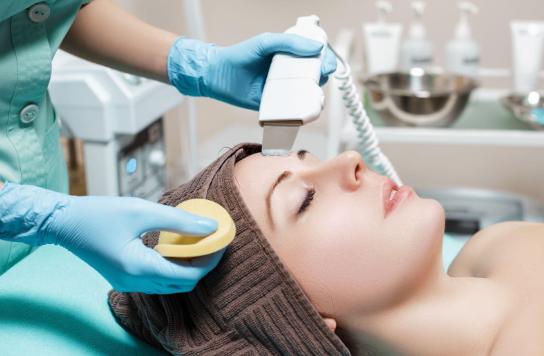
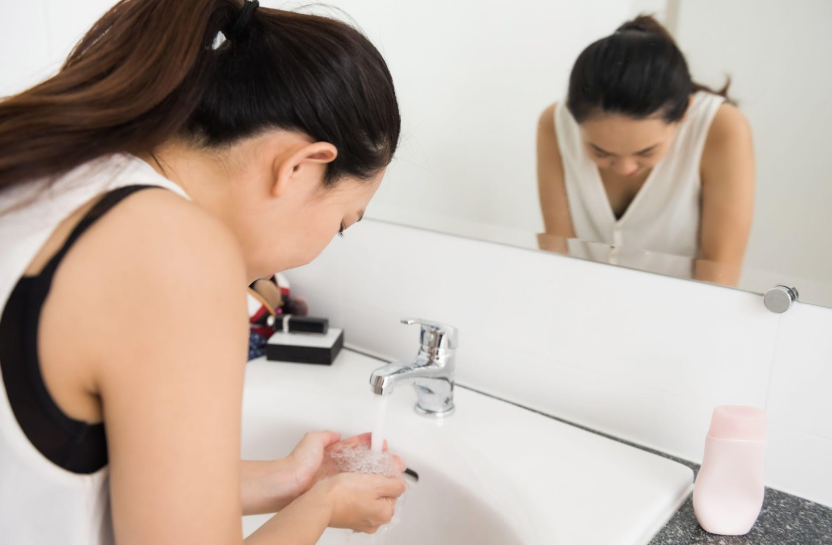

Petal Office
Phone:
Fax:
601-336-7826
Address:
Hours of Operation:
Mon-Fri: 8:00am to 4:30pm
Hattiesburg Office
Phone:
Fax:
601-475-9969
Address:
Hours of Operation:
Mon-Fri: 8:00am to 4:30pm
Ellisville Office
Biloxi Office
Phone:
Fax:
228-232-0874
Address:
1009 Tommy Munro Drive, Suite A
Hours of Operation:
Mon-Fri: 8:00am to 4:30pm
Ocean Springs Office
All Rights Reserved | Pine Belt Dermatology

